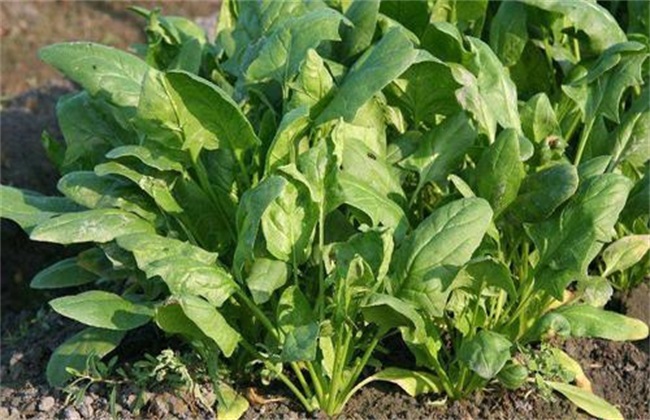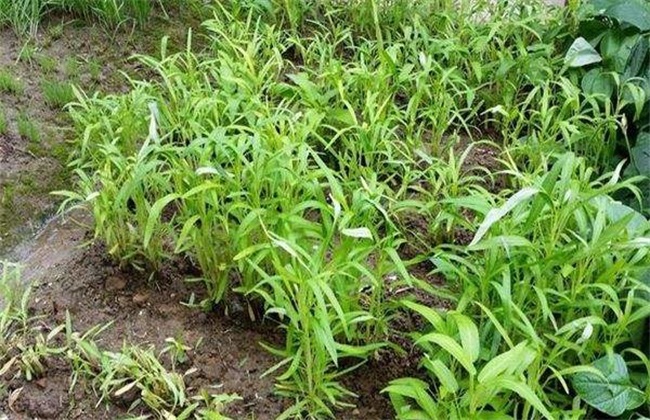Production technology of pollution-free eggplant
Eggplant is a very popular vegetable in China, and the planting area of eggplant is also very large. In the past, traditional eggplant planting methods inevitably required pesticides, chemical fertilizers and so on. It will have a certain impact on the quality of eggplant more or less. Therefore, the current planting method of eggplant is generally pollution-free production. So the editor brings you the pollution-free production technology of eggplant today. Let's take a look at it.
1. Seed selection and nursery
First of all, we need to choose an eggplant variety with strong disease resistance, asepsis and no diseases and insect pests. For example, Yuanza No. 2, Ziguang round eggplant and so on. The seeds were soaked in cold water for about 3 hours before sowing, then soaked in warm water of about 50 degrees for half an hour, dried and soaked in formalin for a quarter of an hour, and then soaked in carbendazim for two hours to do a good job of disinfection. Finally, the seeds are wrapped in a wet cloth, germinated at a temperature of about 28 degrees and washed once a day. Turn once in about 5 hours, and about 5 days later, when more than half of the seeds sprout, you can begin to sow.
2. Preparation of seedling bed
The soil in the seedling bed should choose the soil that has not planted Solanaceae vegetables and mixed with mature farm manure, then add an appropriate amount of compound fertilizer, and then put the nutritious soil into the seedling bed. Then disinfect the seedling bed, control the proportion of carbendazim and thiram, and then put it on the bed when sowing. The sowing time of eggplant depends on the sowing method, if it is in the open field, it is usually in January-February of each year, and the greenhouse planting is in August. First of all, we should pour enough bottom water, and then cover a layer of fine soil after sowing.
3. Seedling stage management
First of all, we should control the temperature and adjust the temperature reasonably according to the growth stage of the seedlings. When the seedlings are not ready after sowing, the temperature should be controlled at about 30 degrees and at night at about 21 degrees. The temperature during the seedling separation period was reduced by about 5 degrees. It is necessary to act twice between seedlings before dividing seedlings, and the distance between seedlings should be controlled at about 3cm. If it is grafted seedlings, then the distance between seedlings should be increased by about one centimeter. When the seedlings grow 3 true leaves, we should divide the seedlings properly, remove the seedlings of diseases and insect pests, old seedlings and miscellaneous seedlings, and then cover the soil properly.
4. Water and fertilizer management
Eggplant seedlings were planted in the open field before and after Ching Ming Festival, and in the greenhouse from September to October. After planting, slow seedling water should be properly watered once, and then intertillage should be carried out, and the number of intertillage should be maintained for about two times. The soil should be dry and wet. When the door eggplant grows to about the size of a ping-pong ball, watering should be combined with nitrogen and potassium fertilizer. Then watering once every 10 days and topdressing once with watering every 20 days. Topdressing fertilizer is mainly nitrogen fertilizer, and foliar fertilizer should be properly sprayed twice after entering the full fruit period.
The above is a brief introduction to the pollution-free production technology of eggplant. In fact, the pollution-free production technology of eggplant is similar to the traditional planting methods, mainly by not using harmful substances such as chemical fertilizers and herbicides. That's all for today's introduction. This article is for reference only. Thank you for your reading and support.
Related
- Where is it suitable to grow horseradish in China? it is expected to see the middle altitude horseradish in Alishan.
- How to prevent tomato virus disease reasonably? (Control methods included)
- Many people like to plant towel gourd on the balcony. What are the main points of this method and management?
- What crops can chili peppers be mixed with?
- Fertilization techniques and matters needing attention in Tomato
- What are the grafting techniques for peach seedlings in spring?
- Harm and control methods of root swelling disease of Chinese cabbage
- What are the pests of sweet potatoes? How to prevent and cure it?
- Symptoms, causes and Control methods of navel Rot in Tomato
- The cause of "Cucumber rotten bibcock" in Farmers' planting Cucumber and its Control Plan



